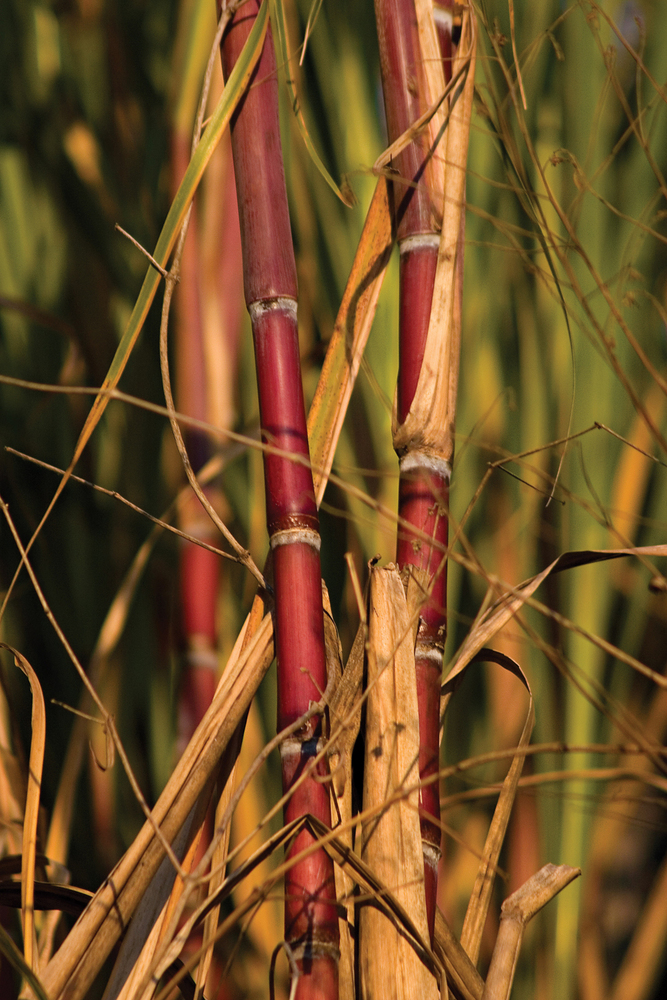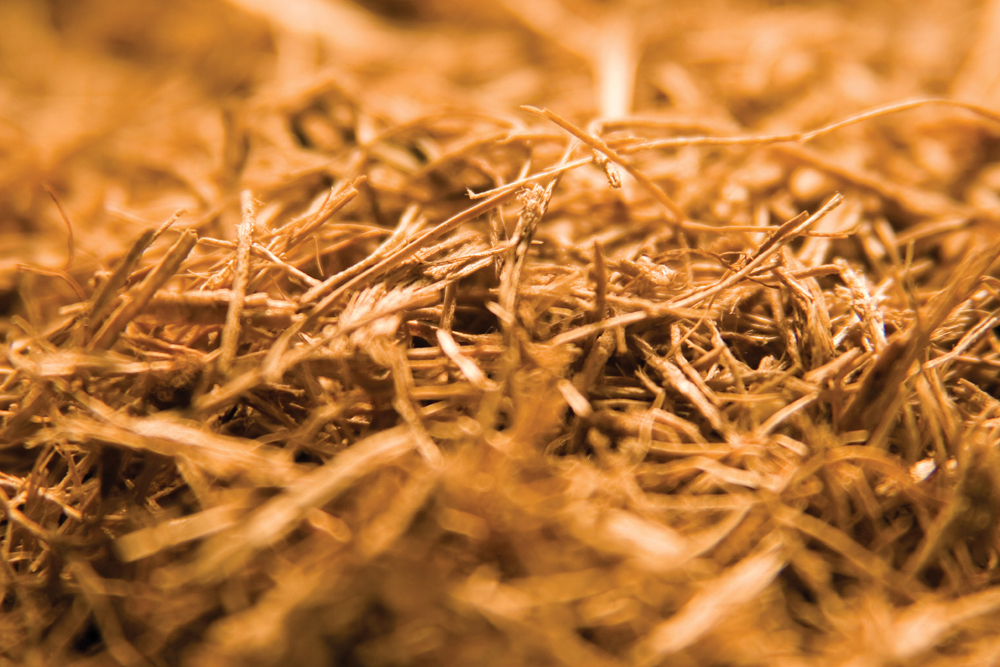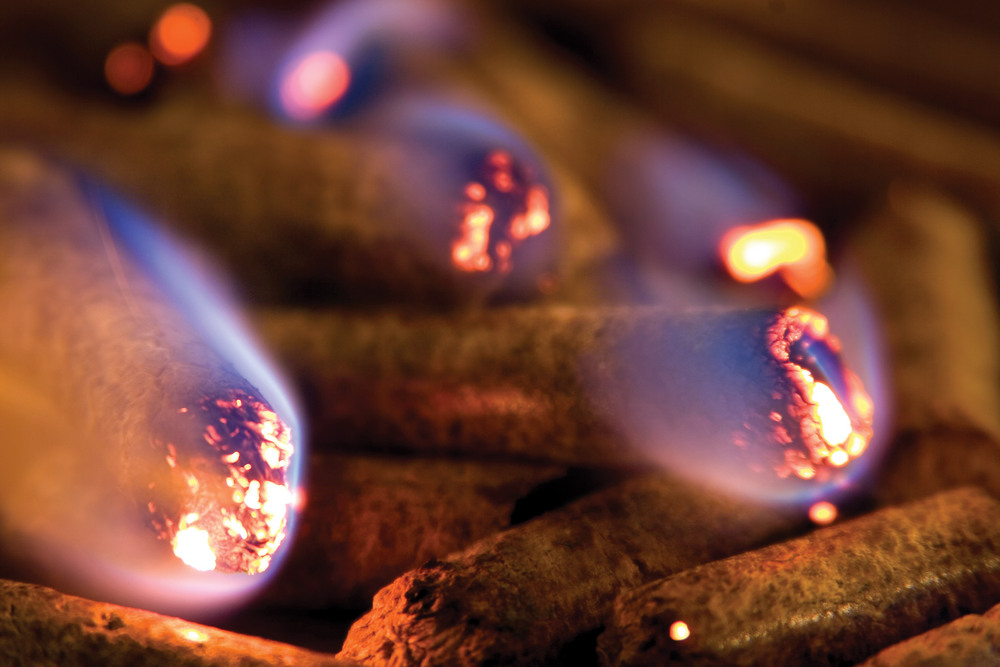Capitalizing on Cane Waste










Demian Golovaty
April 28, 2011
BY Bob Moser
Brazil is the world’s top sugarcane producer, and its ever-growing cane industry earns billions annually making sweeteners, ethanol, alcohols and even electricity by burning most of the cane fiber, called bagasse. But they can’t burn it all. Each year Brazil accumulates millions of tons of bagasse that, until now, have been treated as a burden instead of a blessing.
Pellet producers have tried and failed for decades in Brazil to capitalize on the low-cost, high-value feedstock of cane bagasse. But a small handful of new entrepreneurs are taking a fresh stab at bagasse pellets, whipping up new formulas to treat the feedstock and building domestic market demand from the ground up.
Why bagasse as a pellet feedstock? It has a high energy content and burn quality. It’s also an existing agricultural byproduct that avoids impacting the food chain. If bagasse were left to rot, it would break down and release greenhouse gases, particularly methane, which is 20 percent more dangerous to the ozone than carbon dioxide (CO2). That’s why bagasse pellets can earn carbon credits for European utilities, which are pursuing new sources to meet the European Union’s 20 percent renewables mandate by 2020.
Green Energy Group is the most prominent company of a rumored handful currently testing the pellet waters in Brazil. It’s also easily the furthest along in convincing domestic and foreign buyers to try bagasse pellets. Started in 2006 by three entrepreneurial engineers, the group sees gold in industrial-grade pellets for both Brazilian factories and the European market.
“There is very high demand in the EU if the price is right,” says Gloria Jacobovitz, a consultant that helped GEG prep its business plan, get feedback in Europe and win international loans. “In Brazil it’s a market that has to be built, but it makes financial sense, and if Brazil’s federal or state governments want to cap CO2, there’s a market for this.”
From the Ground Up
If bagasse pellet sales were easy, Brazil would already be a world leader in consumption and export. Its 440 cane mills crushed more than 556 million tons of sugarcane during the 2010-’11 harvest season, up 3 percent from the year prior. After squeezing out every ounce of sugary juice, as much as 30 percent of that cane weight ends up as fibrous bagasse (nearly 167 million tons last season).
All of Brazil’s cane mills today burn their bagasse for energy, using between 60 and 100 percent of their supply depending on the mill’s size. On average, they burn 80 percent, so the remaining 20 percent of bagasse is waste material with few secondary markets. That’s potentially 33.4 million tons of bagasse last year alone for new products like pellets.
But it hasn’t been easy. It’s been slow and arduous, highlighted by thousands of hours in the lab and on the road for GEG staff, perfecting recipes for both pelletizing bagasse, and weaning industrial clients off fossil fuels.
Advertisement
Advertisement
“The Brazilian pellet market hasn't developed at all because every (pellet) producer in the past has only thought export,” says Diego Maurizio Zannoni, GEG CEO. “This is very incipient in Brazil, it's just the beginning. We’ve had to create the market from scratch here, educating customers one at a time.”
Brazil’s pellet production has been limited until now to an inconsistent 200,000 tons or less per year, produced by small logging companies almost solely from wood chips or debris, and sold domestically where the power supply is unreliable. The market is so small that it’s been hard to keep track of who is producing what each year, says Celso Oliveira, president of the Brazilian Association of Industry Biomass. He’s also head of the bagasse pellet venture Brazil Biomass and Renewable Energy, which is pursuing export deals in Holland and Japan.
GEG’s first challenge was creating its own formula for pelletizing bagasse, believing no one in the market had yet perfected a cost-effective, high-standard option that’s on par with the energy content of wood pellets.
Bagasse pulp is full of impurities and hash, and its fibers are longer and more uneven than other feedstocks. GEG wanted a pellet that would meet the highest export market standards, to avoid tying their hands if domestic market demand didn't pan out.
They came up with a cylindrical pellet that’s 6 to 10 millimeters in diameter, and four to six times that diameter in length. It has a low calorific value at 4.0 kilocalories per kilogram (kcal/kg) (or 4.5 kilowatt hours per kg), and an energy equivalent of 0.4 kg of oil per pellet. Because it produces roughly 1.5 kg of ash per 100 kg burned, these pellets likely won't qualify for residential use, and will be limited to industrial clients for now.
To pelletize, 2 kg of bagasse (with 50 percent humidity) produce 1 kg of pellets (at 8 to 10 percent humidity). Essent Trading, a Dutch energy trader owned by German utility RWE, has certified GEG’s bagasse pellet as meeting European Union standards for solid biofuels.
The company is close to finalizing a $45.5 million loan through the Inter-American Development Bank, which would provide two-thirds of the financing needed for plant construction this year in the city of Votuporanga, northern São Paulo state. With an initial production capacity of 40,000 tons per year, the plant is located in the heart of Brazil's cane country, near multiple mills to provide bagasse, and within 300 kilometers (186 miles) of a huge market of potential industrial customers.
Competing Interests
The sugarcane industry is developing new ways for mill owners to utilize excess bagasse, via cellulosic ethanol and year-round energy cogeneration. The former remains years away in terms of cost-efficiencies, and for mills interested in cogeneration, entering the power business is often cost-prohibitive.
Advertisement
Advertisement
Around 100 Brazilian mills currently produce surplus electricity consistently for sale to either the grid, or contracted buyers. Cane mills may need to retrofit their turbines and electrical systems to tap into the local grid, a costly endeavor that most hesitate to pursue unless they are guaranteed energy contracts.
Those contracts are tough to get. Stiff competition from wind and hydropower producers at a public energy auction in late 2010 left the cane industry with just 16 percent of 1,159 megawatts in long-term contracts. Many cane millers have grown bitter with the auction system, believing tax breaks for wind put biomass at a disadvantage.
Connecting to the national electric grid may also raise costs beyond a competitive advantage for small cane mills and their limited megawatt potential. Brazil's Ministry of Energy has stood behind the cane industry's aggressive goal to double its cogeneration capacity by 2020, but the government only projected a small increase in biomass’ slice of the 2020 national matrix—from 4.8 to 5.1 percent.
Transport costs in Brazil are among the highest in the world, due to poor roads and infrastructure. Cane mills in São Paulo state can be as far as 500 kilometers from the nearest port, adding cost that could up-end export options while the Brazilian currency remains strong against the U.S. dollar, according to Paulo Costa, Brazil director for First American Scientific, which makes machines that pulverize organic waste material.
“I think bagasse pellets are promising, but those mill owners are making so much money right now with sugar and ethanol, I don’t think they’ll focus on anything else,” Costa says. “Pellets are a cheap product with potentially big transport costs, one more reason why mills aren’t focusing on it.”
Making the Choice Easy
Most industrial thermal power users have hesitated with bagasse pellets because of a total lack of experience with the fuel source, and upfront costs they’d face for boiler changes. GEG has adapted for doubters, splitting the company into two branches that promise clients all of the savings of biomass fuel with none of the risk.
Under the BrasPower label, GEG will cover all the costs of installing and maintaining new pellet boilers and power equipment at a client’s factory, just to hook them on buying fuel from the company’s other branch, BrasPellet.
GEG has three clients signed up in the textiles and food and beverage markets to install boilers and start burning bagasse pellets in the first quarter of 2012. The company plans to produce 520,000 tons of pellets per year by 2015-’16, which would generate 2,030 gigawatt hours of power annually.
“We'll manage everything if they wish, and we're offering this turnkey solution now just to develop successful examples to help build this market,” Zannoni says.
Author: Bob Moser
Freelance Writer
bobmoser333@gmail.com
Upcoming Events





